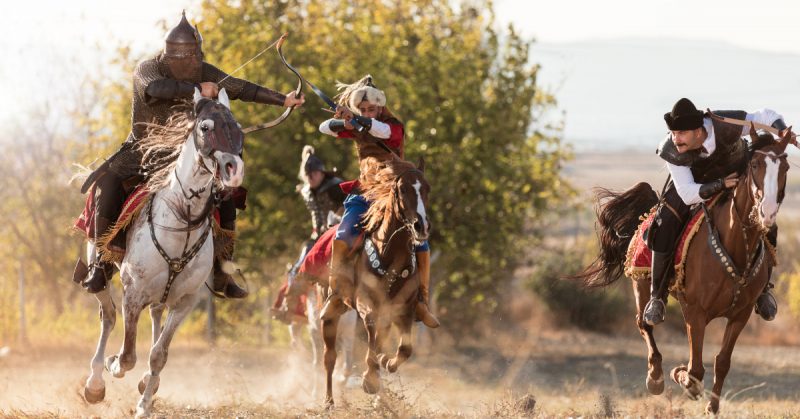Defying a king is no way to win medals, approval, or an invitation to court. Under certain kings of England, defiance could lead to time in the stockade or worse – beheading.
But thankfully for Garnier de Nablus, one-time Grand Master of the Knights Hospitaller, his king, Richard I, was better known for bravery than vengeance.
So when Nablus defied his king during the Battle of Arsuf, his king did not have him thrown in prison. In fact, he would ultimately thank him. Luckily for him, Richard was known for two things: bravery (which earned him his nickname of Richard the Lionheart) and patience.

During the Third Crusade, Richard wanted control of Jerusalem. But first, he wanted the Port of Jaffa.
In 1191, the king and his men, led by Nablus, were ready for battle at Arsuf. Jerusalem had fallen to the Muslim leader, Saladin, two years earlier and while Richard ultimately failed to seize it back, he did score an enormous victory at the Battle of Arsuf.
Initially, Saladin’s men were relentless in their attacks on the Crusade’s soldiers. His archers, on horseback, launched themselves from behind the trees straight at Richard’s soldiers, who were exhausted and thirsty in the hot sun.
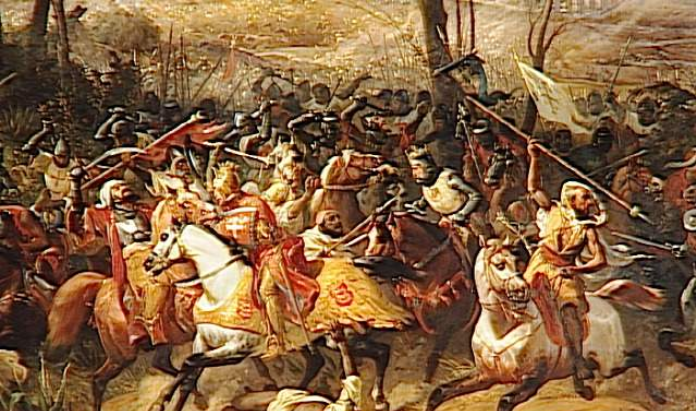
Richard stubbornly refused to allow his men to move against the enemy, which was incredibly frustrating for Nablus. His soldiers were continuously besieged, but no matter how he argued and pleaded, the king refused to sound the horn that would bring his soldiers to their feet for battle.
Soon, even the Hospitaller Knights in the rear flank were being fired upon. To Nablus, his men looked like sitting ducks.
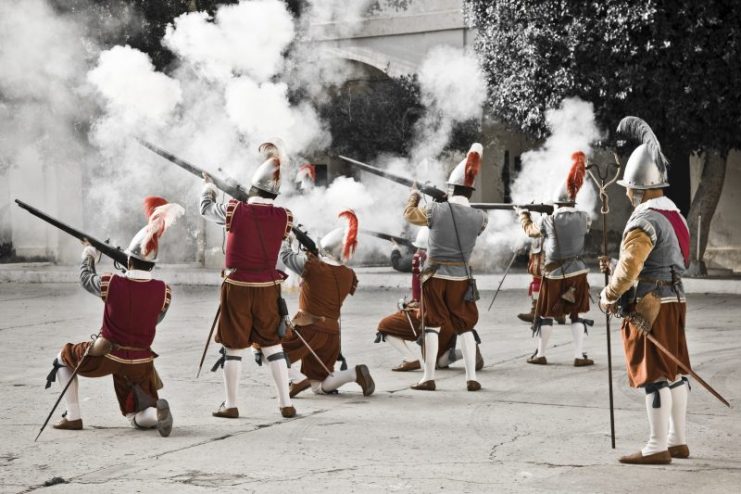
Throughout the day, the situation only grew more desperate. Nablus did not understand, nor agree with, his king’s refusal to let the men fight back. Nablus felt sure the king’s inaction would cost the Crusaders dearly.
Saladin was trying to provoke Nablus into attacking. Although the Grand Master had figured this out, he knew that soon he would have no choice.
Their situation was growing increasingly desperate, as Saladin himself, on horseback, joined his archers and pressed the Knights to the limit. And yet Richard would not discuss engaging the enemy – not yet.
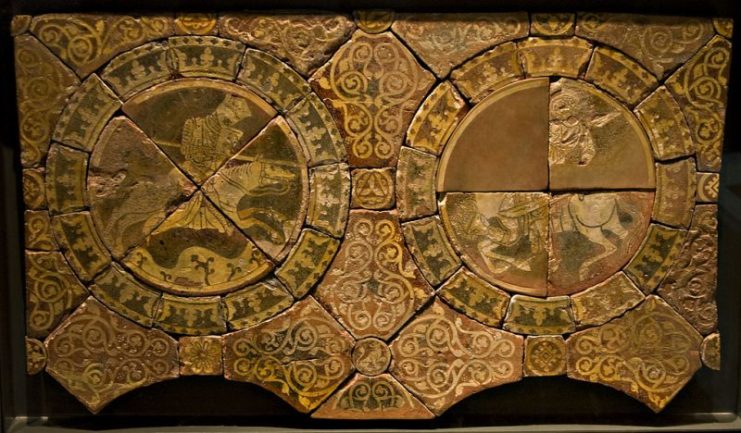
Finally, Nablus could take no more. Against his training, against his allegiances and loyalty, he decided to act. He drew his sword and launched himself into the battle. Other knights followed suit, and they attacked the enemy head-on. When a unit of French soldiers saw what was happening to their comrades, they joined the knights in battle.
Richard soon heard that his men, led by Nablus, had defied him. Deciding on the spot to deal with the issue later, he rode to the head of the flank and sounded the horn. The alarm roared, and all the Crusader infantry were soon by their leader’s side.
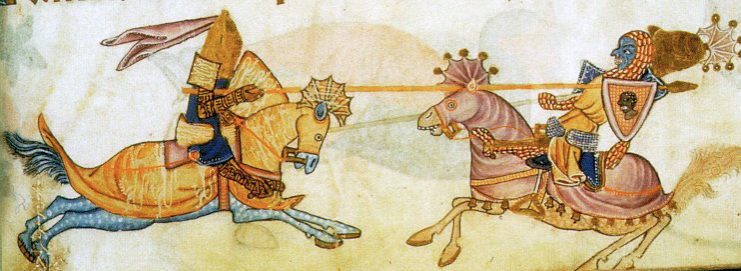
Richard went straight to the head of his army and into the fray, once again proving how worthy he was of his nickname.
Soon, the Crusaders had Saladin’s men surrounded. Richard was in the battle’s midst, and that image has been recreated in countless paintings, books, and films.
Richard has gone down in history as one of England’s most kind and generous kings. But he was also a fierce, experienced soldier, and why he hesitated that day remains a mystery.
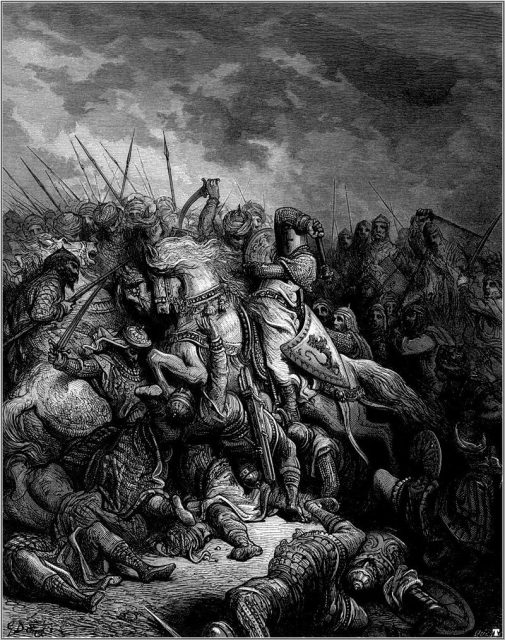
Still, his place in history is secure. In 2011, Time Magazine named Richard one of the “Top 25 Political Icons” of all time. Clearly, his actions at Arsuf have not hurt his reputation.
Nablus, on the other hand, has reached almost cult status as a warrior. In the video game Assassin’s Creed, the character Naplouse is based on him, a valuable target. High praise indeed, and immortality is assured for the man who defied his king.
